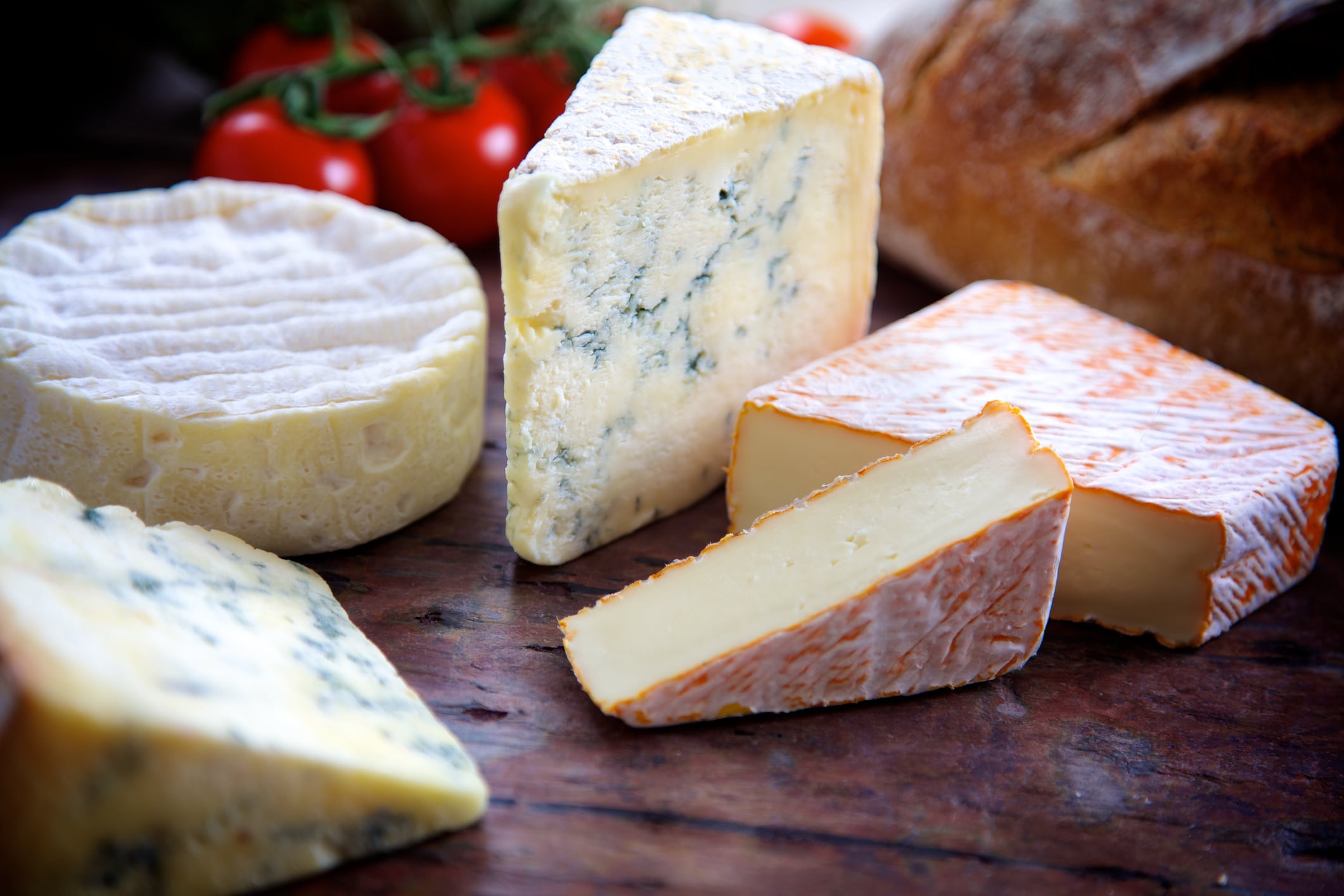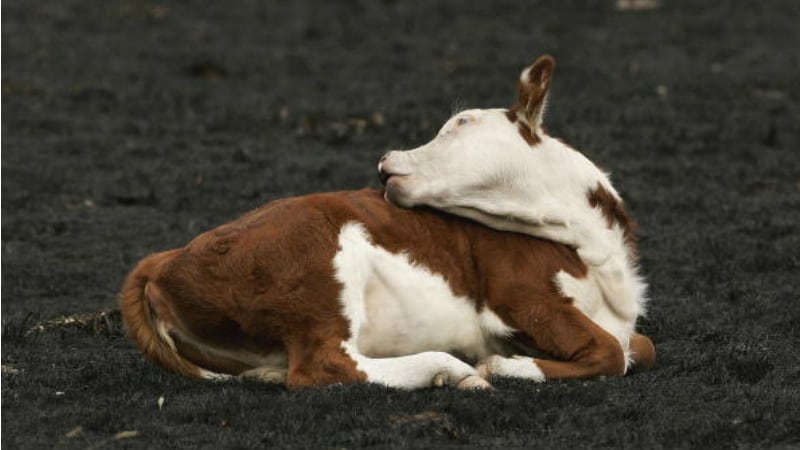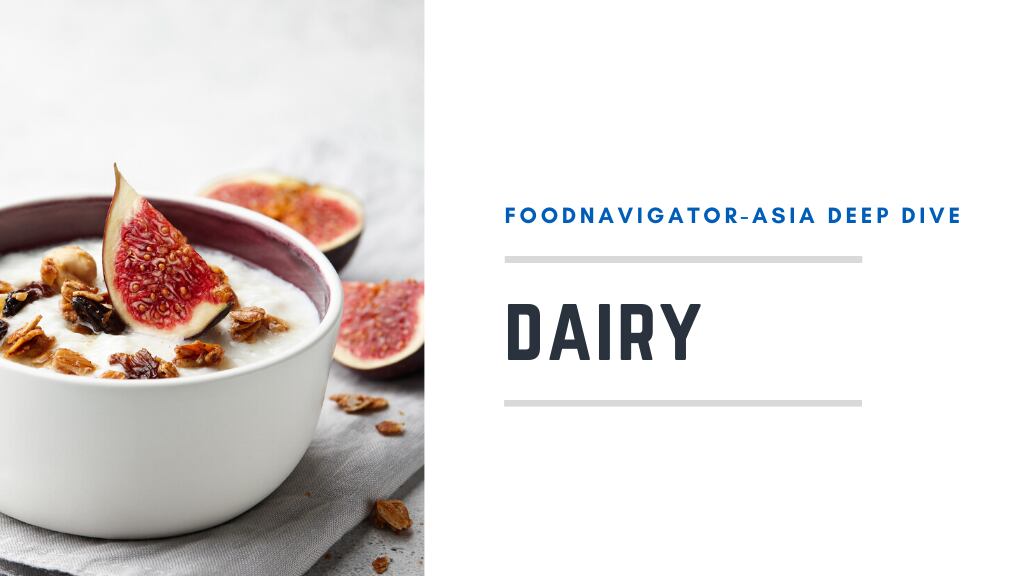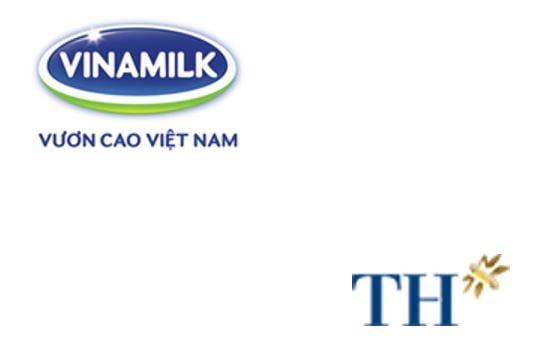Cheese awareness and consumption has proliferated over the past decade across Asia, according the US Dairy Export Council (USDEC).
USDEC’s regional director for Southeast Asia, Dalilah Ghazalay told FoodNavigator-Asia: “Asian consumers possess an awareness of international menus, and hence more of them are having an appreciation for sampling cuisines with varieties of cheeses from different regions all over the world as well,”
Ghazalay said hitting the “adventurous flavours” mark is something that consumers are on the lookout for. “People are becoming more open to cheeses with unique flavours or local flavours that deliver on taste.”
Another growing trend she observed was sustainably sourced milk used to make cheese.
“Consumers are more conscious about the food they eat as well as the origins of their food. This plays to the overall rise in conversations around health and nutrition, as well as environmentally-friendly sourced foods,” she said.
Cheese collaborations
USDEC is now partnering with Jiangnan University in Wuxi, China to incorporate US ingredients into traditional Asian cuisines, in hopes to develop innovative cheese products.
In South East Asia, USDEC is also working with Singapore Polytechnic’s Food Innovation and Research Centre.
Ghazalay said this year in particular, the focus would be on cream cheese. “We have been working on developing creative dishes and beverages around cream cheese, and more specifically on frothy bubble teas with cream cheese.”
Tariffs in Asia
Southeast Asia was the second-largest export destination for U.S. dairy exports in 2018, reaching 441,000 metric tons, an increase of 28% compared to 2017, and this is set to continue growing.
“We are encouraged by the uptick in demand for U.S. Cheese in Southeast Asia, not just for commonly-known cheeses like cheddar and mozzarella, but also for artisan and specialty cheeses, including many American Originals,” said Ghazalay.
Ghazalay said the USA Cheese Guild was looking to bridge the Asian market and US cheese suppliers to supply artisan cheese from US that normally would not have exposure to export markets.
Outside of South East Asia, in Japan, the limited US-Japan Trade Agreement went into effect on January 1, 2020 which lowered tariffs for American agriculture products, including cheese.
Japan is the world’s second largest cheese importer, buying nearly US$1.3 billion worth of cheese in 2018.
The US exported US$270 million in dairy products to Japan in 2018, and the International Dairy Foods Association (IDFA) said consumption of dairy products in Japan has increased 4% per year which domestic production was unable to keep up.
China is a major market for cheese, however the two-year trade war between US and China have negatively impact dairy exports. The value of US dairy exports to China peaked in 2017 at US$576 million, then fell by 13% in 2018 to reach US$499 million. It stood at US$343 million at the tail-end of 2019, a 26% drop.
With the signing of the first phase of the tariff-cutting agreement, American farmers and dairy companies are set to benefit as they gain access to China’s rapidly growing market for imported dairy products, and Chinese consumers have access to more options.




